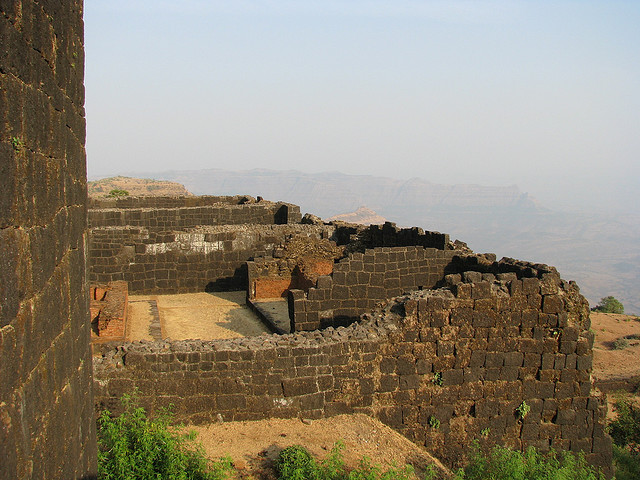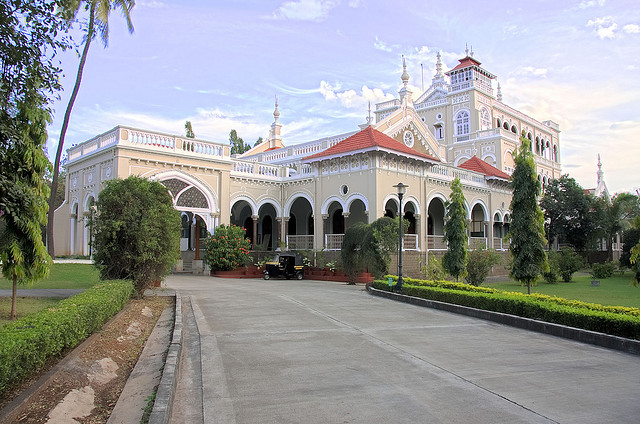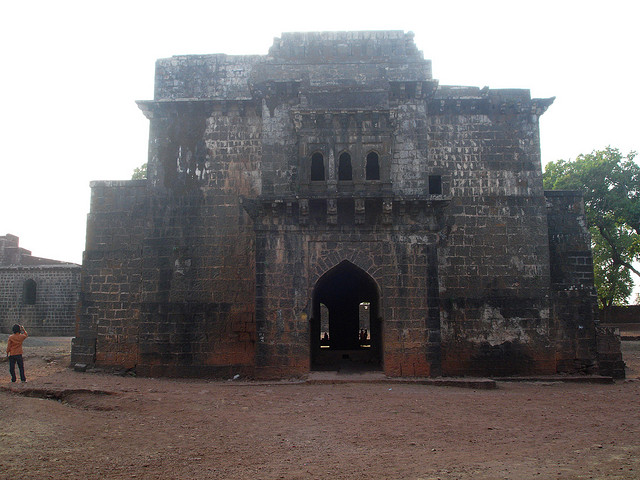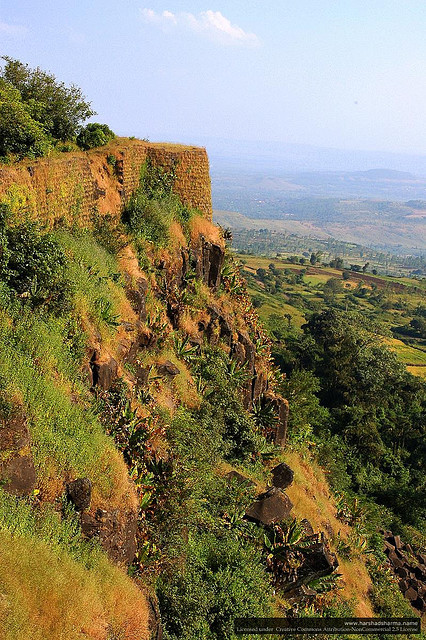Queen's Palace
Raigad fort is a blend of numerous amazing structures, and the Queens Palace is one among them. The Queen's quarters in the fort consists of six chambers with each chamber having its own private commode with plumbing. The royal ladies were using these six rooms.
The Queen’s palace was constructed using wood. The Queen’s royal chamber is called Rani Vasa, and it’s plenty of rooms and passages show the obvious privilege of the Queen. Some of the minarets in the Queen’s palace are in good shape and the entire structure generates an elegant look.




